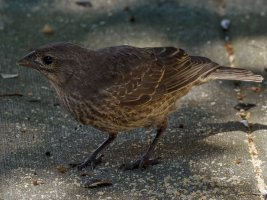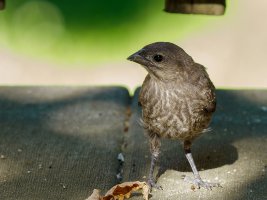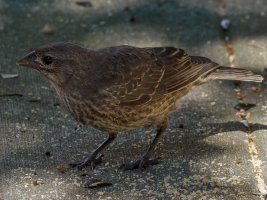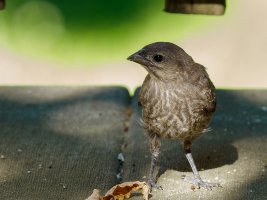This is exactly what Aussie was suggesting.
The idea that you'll get 90% soft images at 800mm and 1/400s with a modern IS + IBIS system is absurd.
This is only because ISO is defined in a way to make it appear consistent to the user. In reality, your m43 camera is applying roughly twice the amount of gain to produce the same exposure brightness as your FF camera. m43 sensors aren't noiser at corresponding ISO settings because the sensors are somehow worse, they're noisier because what's labeled ISO 200 on a m43 is, for the most part, the same as ISO 800 on a FF camera.
The picture comes from
here. The original poster is comparing the .ORI (single image) vs the .ORF (HHHR composite).
That's the whole point though, your gut feeling is that there's no way that a bird can be still enough for such a long exposure but the fact that HHHR can produce a clean image with at least some improvement in resolution over the single shot suggests that your assumption is incorrect. I know I've personally used it with larger animals and people with reasonable success.
EDIT: Just adding some bird shots I just took to demonstrate my point. These are at 560mm equivalent and 1/15s and 1/30s. Be warned, I'm not a bird photography person so the pictures themselves are not good but I think it demonstrates that you can get feather detail sharp images of small birds at slow shutter speeds even while they're active, you just have to time the shots to when the birds momentarily pause. Would I attempt this if I knew I needed the get "the shot"? Heck no. But if I just needed to get "a shot" then it's a valid option. Plus, if a knucklehead like me can pull it off within 5 minutes of trying it and minimal experience with birds then someone more interested should be able to take it much further.
EDIT2: CR seems to be stripping the exif data out of these. I'd be happy to provide RAWs if anyone cares.
View attachment 190936
View attachment 190937




